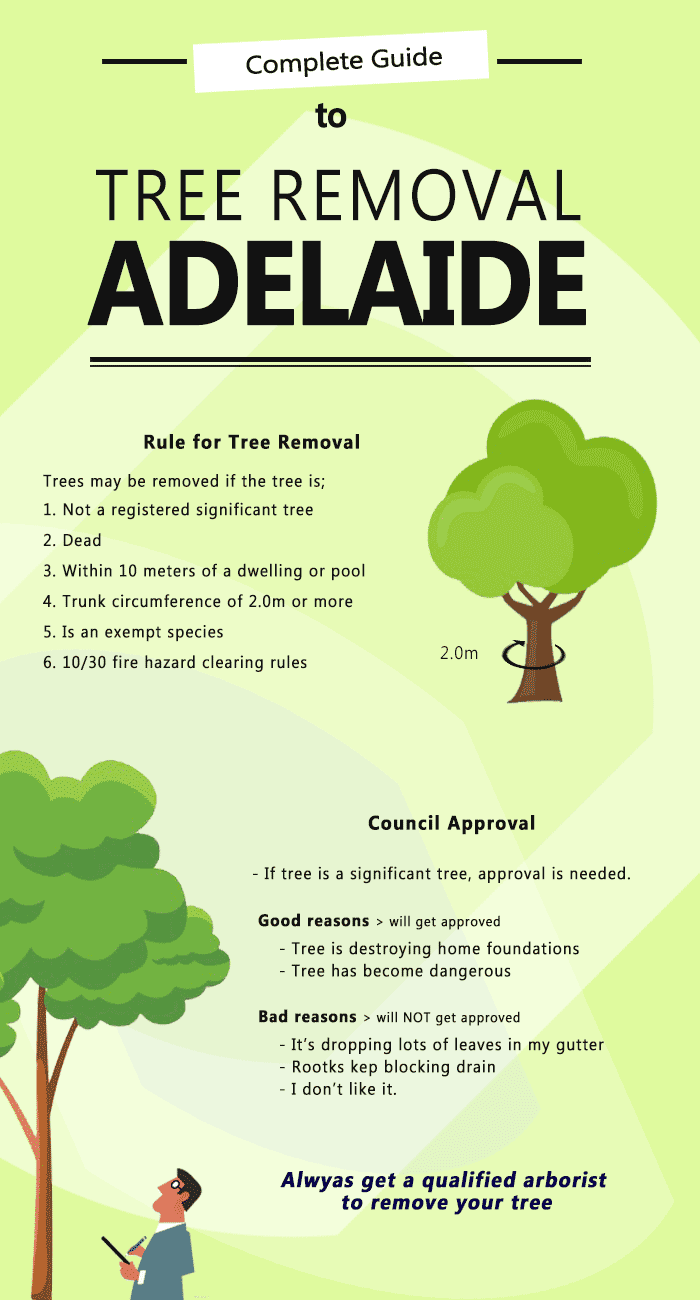The Environmental Implications Of Deforestation: Crucial Realities To Be Aware Of
The Environmental Implications Of Deforestation: Crucial Realities To Be Aware Of
Blog Article
Created By-Helms Baldwin
When it concerns the environmental effect of tree elimination, there are critical elements that demand your interest. From the detailed web of connections within communities to the succeeding effects on environment patterns, the consequences are extensive. You might be amazed to find the detailed methods which the removal of trees can resound throughout the environment. Keep tuned to untangle the elaborate links and ramifications of this seemingly straightforward act.
Deforestation and Habitat Loss
Logging and environment loss are critical issues coming from tree elimination. When trees are reduced, it interferes with whole ecosystems. Not only are the trees themselves shed, however the homes and food resources of plenty of plant and pet varieties are ruined too. Birds shed their nesting sites, mammals shed their shelter, and insects shed their environments. read here through the food web, impacting killers and victim alike.
Additionally, logging contributes to climate change. Trees play an essential function in taking in co2, a greenhouse gas that catches warmth in the atmosphere. With less trees, there's much less co2 absorption, causing enhanced degrees of this gas in the environment and intensifying global warming.
Environment loss is a direct outcome of deforestation, as the devastation of woodlands implies the loss of distinct and varied ecosystems. Numerous types are not able to adapt to quick modifications in their atmosphere, bring about populace decreases and, in many cases, extinction.
Protecting woodlands is vital to keeping the delicate equilibrium of nature and making certain the survival of many plant and animal species.
Impact on Biodiversity
The elimination of trees has a significant impact on biodiversity, affecting the variety and abundance of plant and pet varieties in a location. Trees offer environment and food sources for various organisms, from insects to birds to creatures. When trees are eliminated, these species shed their homes and resources of nutrition, leading to a decrease in their populaces. This disturbance can have cascading effects on the entire community.
Additionally, trees play an essential duty in keeping biodiversity by developing microhabitats within their canopies, trunks, and origins that support a wide range of types. When trees are cut down, these specialized environments are destroyed, minimizing the total variety of the area.
Furthermore, the elimination of trees can result in a decrease in hereditary variety within plant populations, as specific tree species may no more be able to replicate or spread successfully. Protecting trees and woodlands is crucial for maintaining biodiversity and ensuring the wellness of communities for future generations.
Soil Erosion and Environment Adjustment
With trees being eliminated from an area, the disturbance of soil structure and security takes place, bring about boosted dirt disintegration. Trees play an essential function in avoiding disintegration by holding soil in place with their origin systems. When trees are eliminated, specifically in lots, the dirt ends up being much more prone to disintegration from wind and water. This disintegration not just affects the immediate surroundings but can likewise cause sedimentation in neighboring water bodies, affecting water quality and aquatic ecosystems.
Additionally, trees aid manage the environment by absorbing co2 throughout photosynthesis. When trees are reduced, this all-natural carbon sink is decreased, adding to enhanced levels of greenhouse gases in the environment. This can worsen environment adjustment, bring about even more severe weather occasions and interruptions in communities worldwide.
For that reason, the elimination of trees not only accelerates dirt erosion however additionally plays a role in the larger ecological issue of climate adjustment. It's critical to think about these factors when assessing the influences of tree removal on the environment.
Conclusion
Since you understand the ecological influence of tree removal, consider the repercussions before reducing trees. Deforestation disrupts environments, lowers biodiversity, and adds to soil disintegration and environment change. By bearing in mind the effect of tree removal, you can help protect our atmosphere and preserve the fragile balance of nature. Make informed selections and consider alternate services to reduce the adverse results on our planet.
